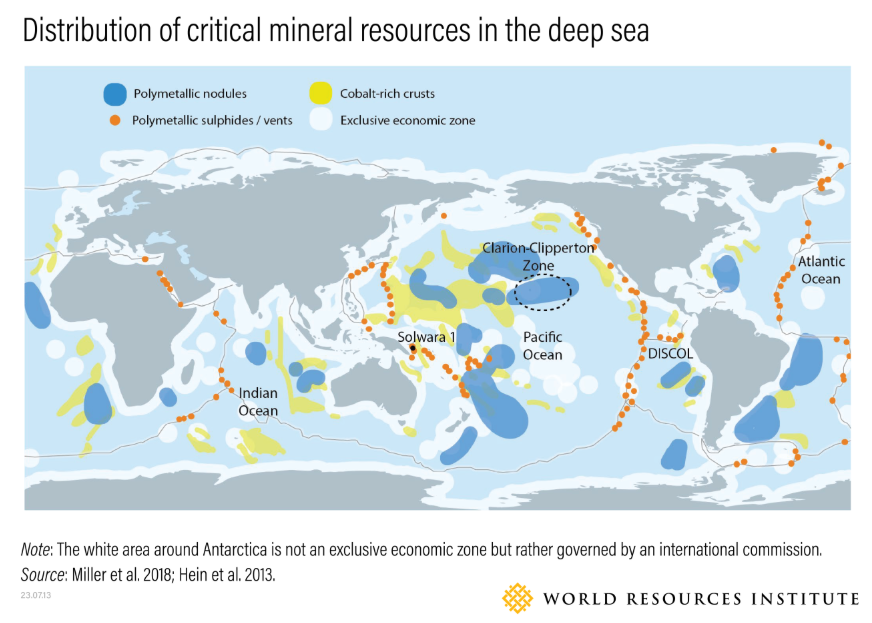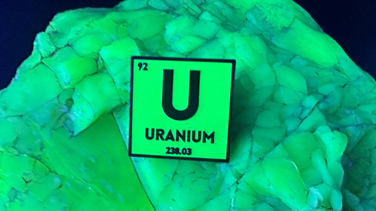Deep-Sea Mining: A New Mineral El Dorado?
By Zenon Research.
In April 2025, Donald Trump signed an executive order authorizing deep-sea mining, sparking international outrage over a practice with an unclear regulatory framework and uncertain environmental impacts.
Deep-sea mining involves extracting mineral deposits from the ocean depths. The targeted mineral resources are strategic and essential for the energy transition: cobalt, copper, nickel, and manganese. These metals are found in polymetallic sulfides (on hydrothermal vents), cobalt-rich crusts (on seamounts), and, most notably, polymetallic nodules—pebble-like formations created by the precipitation of these metals around a core. These nodules are the primary focus of deep-sea mining today.
Polymetallic nodules are typically found on the surface of abyssal plains, between 4,000 and 6,000 meters deep. They are primarily located on the seafloor of international waters, beyond Exclusive Economic Zones (EEZs) and national jurisdictions. A key area of interest for mining is the Clarion-Clipperton Zone (CCZ) in the Pacific Ocean, where extraction tests were first conducted as early as 1979.

Fig. 1: Distribution of Mineral Resources on the Seabed
Source: https://www.wri.org/insights/deep-sea-mining-explained
The rest of this article is reserved for signed-in users.
Sign in or create your free account to read the full article.
Comments (0)
Sign in or create a free account to leave a comment.



